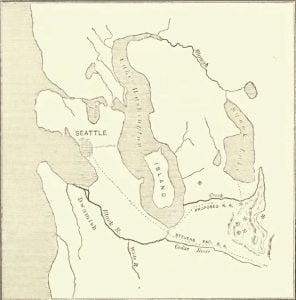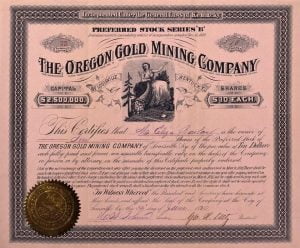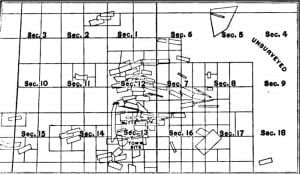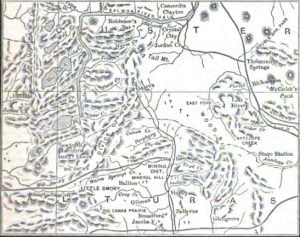The Philadelphia & Idaho Mining & Smelting Company
The Philadelphia & Idaho Mining & Smelting Company was organized in 1882 by Colonel Green and Philadelphia parties, who built two stock plants and a large smelter plant at Muldoon, Blaine county, this state, and operated them for several years, in Muldoon. The ores in the vicinity of Ketchum, Idaho, were of a higher grade, and were attracting more attention than those they were then mining, and certain Philadelphia gentlemen had become interested in them, and they induced the Philadelphia Mining & Smelting Company to come to Ketchum. A small test was made with a little tester, and in the course … Read more




